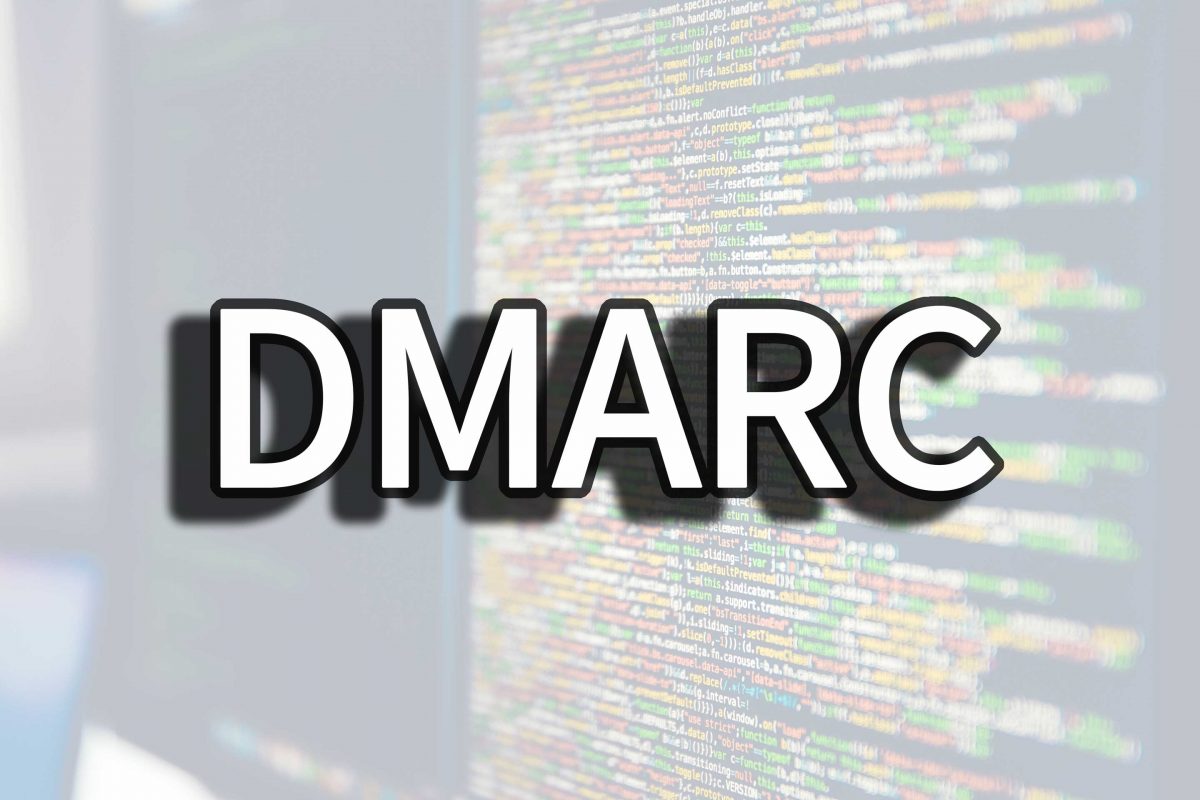DMARC, which stands for “Domain-based Message Authentication, Reporting & Conformance”, is an email authentication, policy, and reporting protocol. It builds on the widely deployed SPF and DKIM protocols, adding linkage to the author (“From:”) domain name, published policies for recipient handling of authentication failures, and reporting from receivers to senders, to improve and monitor protection of the domain from fraudulent email.
Consider an example DMARC TXT Record for the domain “dmarc.exampledomain.com” that reads :
“v=DMARC1; p=none; dkim=r;rua=mailto:postmaster@exampledomain.com”
In this example, the sender requests that the receiver outright reject all non-aligned messages and send a report, in a specified aggregate format, about the rejections to a specified address. If the sender was testing its configuration, it could replace “reject” with “quarantine” which would tell the receiver they shouldn’t necessarily reject the message, but consider quarantining it.
DMARC records follow the extensible “tag-value” syntax for DNS-based key records defined in DKIM. The following chart illustrates some of the available tags:
| Tag Name | Purpose | Sample |
|---|---|---|
| v | Protocol version | v=DMARC1 |
| pct | Percentage of messages subjected to filtering | pct=20 |
| ruf | Reporting URI for forensic reports | ruf=mailto:authfail@example.com |
| rua | Reporting URI of aggregate reports | rua=mailto:aggrep@example.com |
| p | Policy for organizational domain | p=quarantine |
| sp | Policy for subdomains of the OD | sp=reject |
| adkim | Alignment mode for DKIM | adkim=s |
| aspf | Alignment mode for SPF | aspf=r |
Read More About General Data Protection Regulation | GDPR
Feel free to contact us for email marketing strategies and best practices, we would love to hear from you contact@sendjot.com
For more info please refer to the dmarc.org website.

